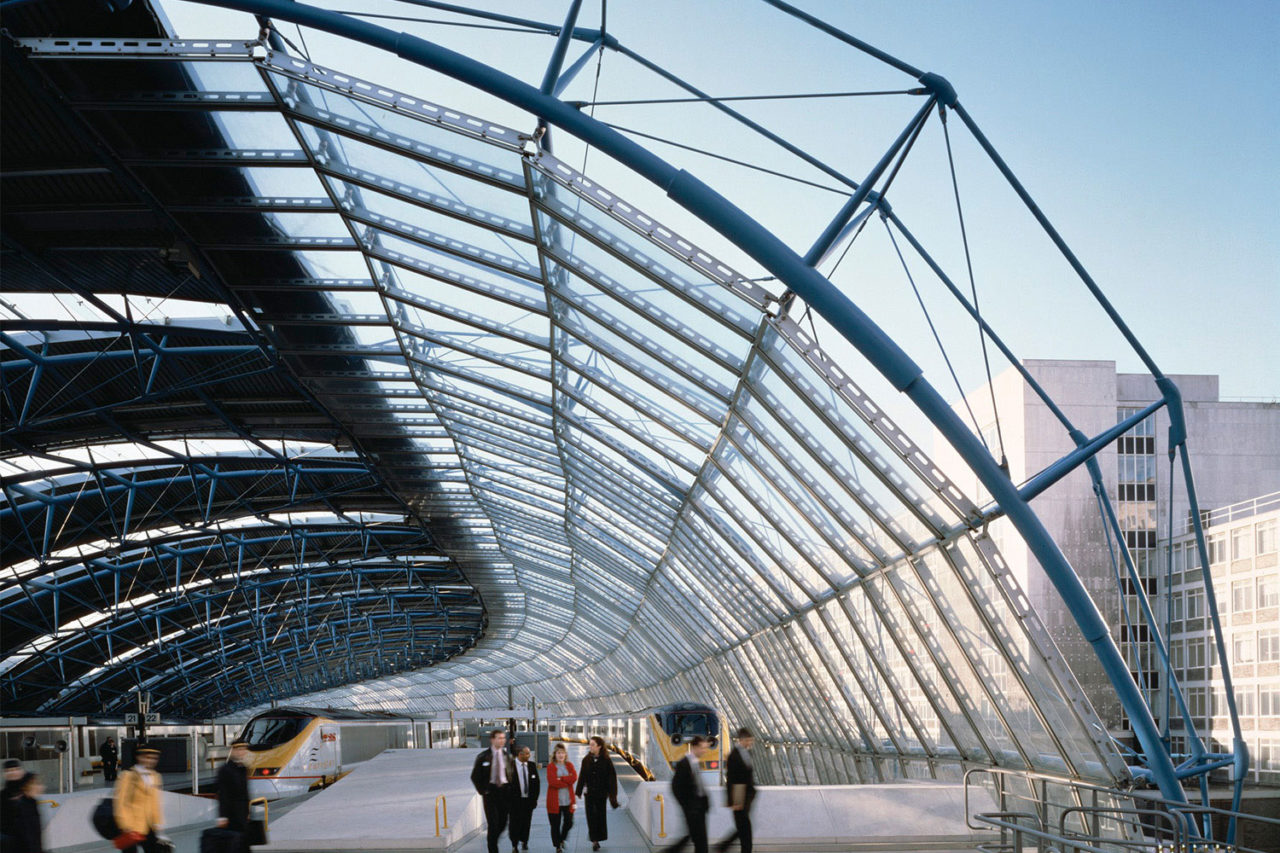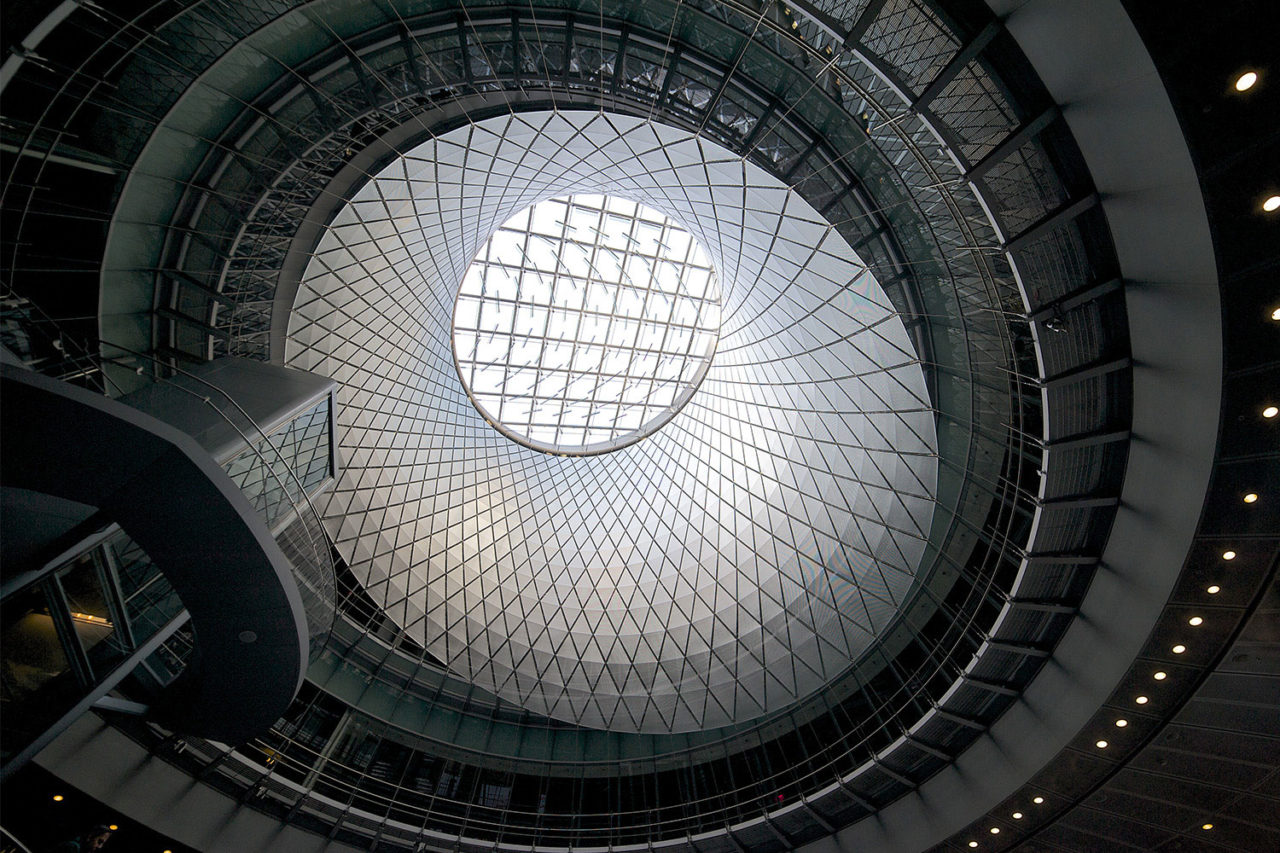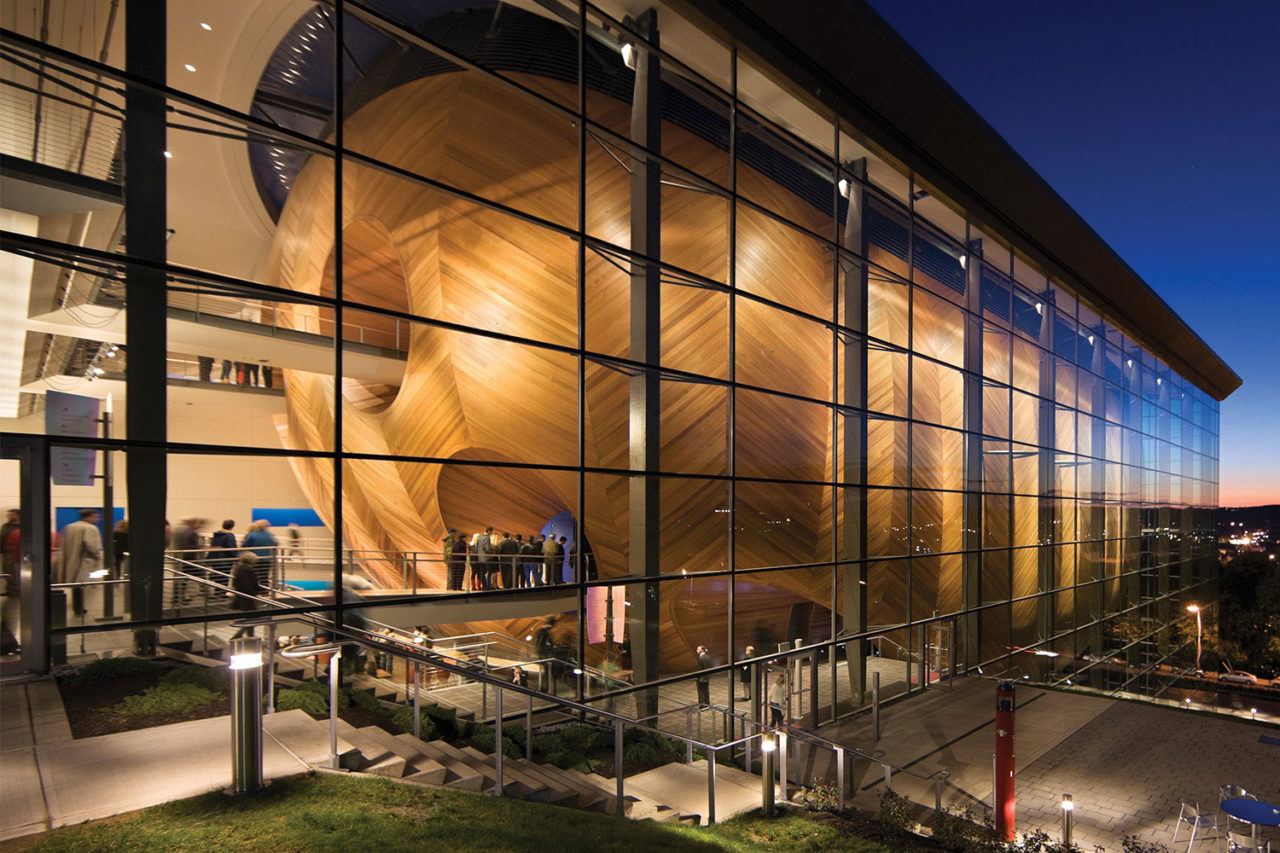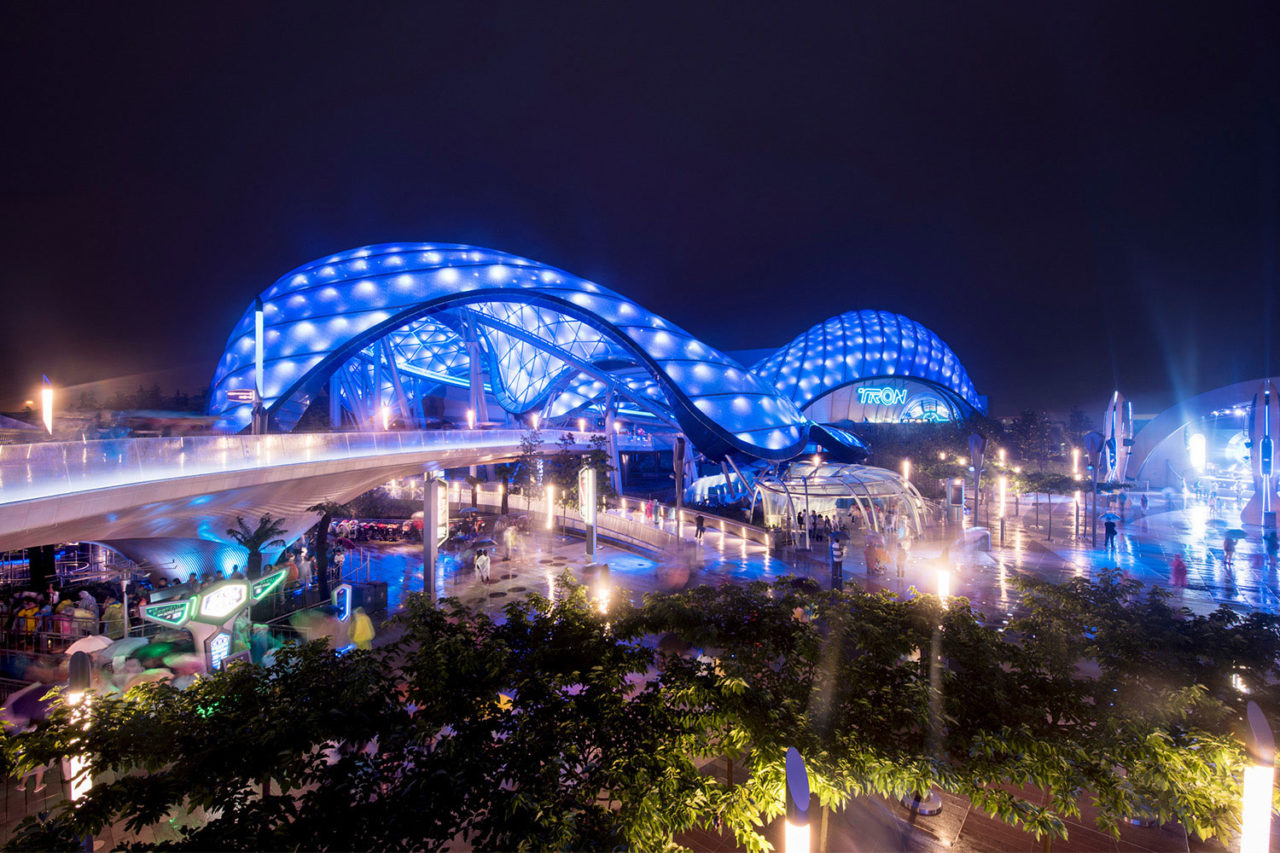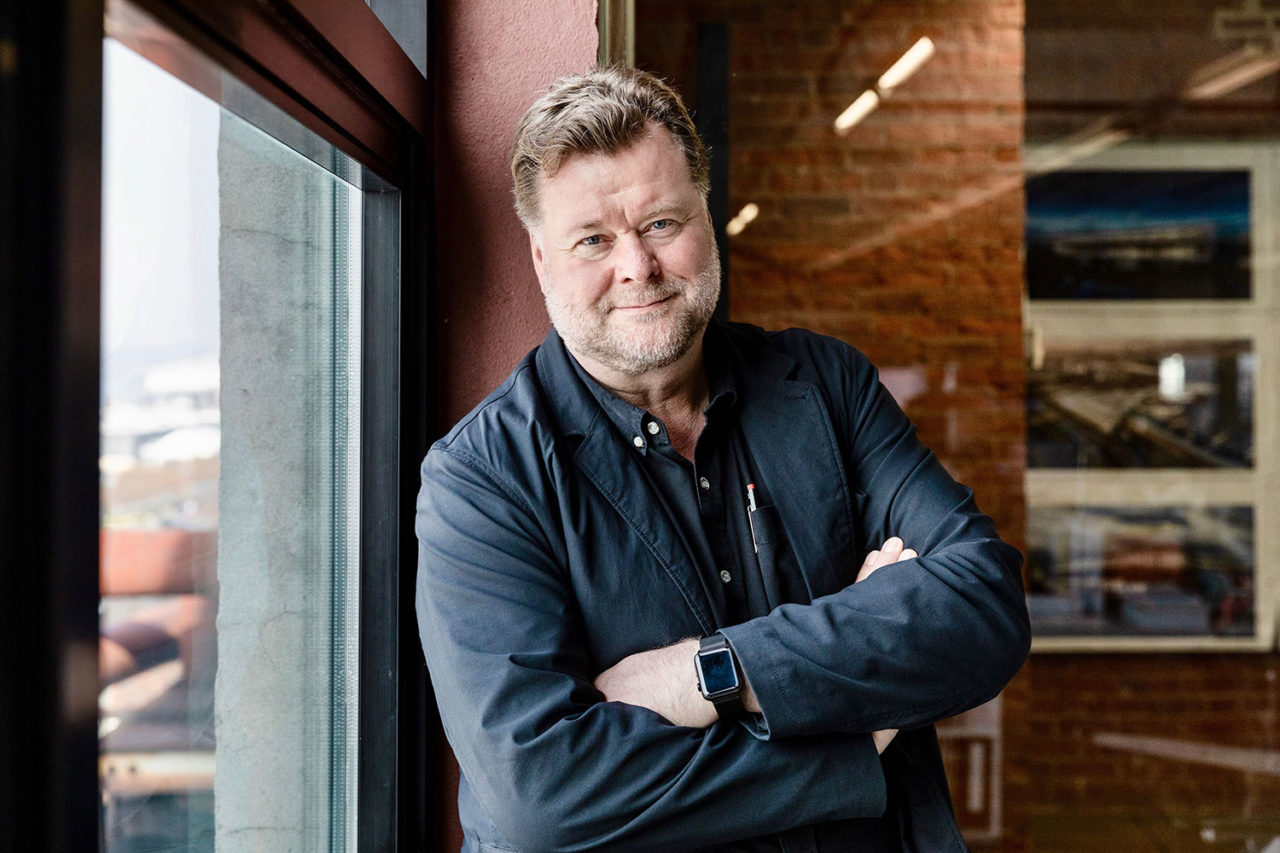by: AIA New York
Andrew Whalley, FAIA, RIBA, FRSA, provides design vision and leadership that have given rise to a range of projects that elicit joy, foster unique experiences, and impart a lasting, forward-thinking impression on people, places, and institutions around the world. As Chairman and Partner of Grimshaw, Whalley’s work spans diverse sectors including education, performing arts, transportation and workplace. His award-winning projects include the International Terminal at Waterloo, the Eden Project in Cornwall, the redevelopment of the historic Paddington Station in London, and the Sustainability Pavilion for Expo 2020 Dubai. Whalley established Grimshaw’s studio in New York in 2001, where he was Partner in Charge during its first 10 years. During that time, Grimshaw was one of eight architectural practices selected for major public projects under Mayor Bloomberg’s design excellence program.
The Jury of Fellows of the AIA elevated Whalley to the College of Fellows in the first category of Fellowship, which recognizes architects who have “Promoted the aesthetic, scientific, and practical efficiency of the profession,” according to the organization’s definition. Whalley was recognized at the New Fellows Reception hosted by AIA New York and at an investiture ceremony at the AIA Conference on Architecture.
Q: What is influencing your work the most right now?
A: Every day I read more alarming reports on the way we as a species are devouring our planet’s resources. An exponential level of development is destroying the range of key planetary characteristics of Earth. The United Nations has categorically stated that the only way forward is a rapid deployment of energy-efficient and low-carbon building designs. Along with the inclusion of intelligent operational systems, construction will need to be optimized and natural resources reconsidered. We need to increase the number of high-performance, low-carbon buildings by sixfold from the current trend. To reach that milestone, near zero energy, zero-emission buildings must become the construction standard globally by 2030.
Q: How/why did you decide to pursue architecture?
A: My interest in architecture came out of a fascination of making things, first with my Meccano set. My uncle, a technology teacher, gave me several surplus mechanical engineering and electronics kits, and out of this came a joy of using all the different parts creating and inventing things. I scaled up from this with ‘pioneering’ in the scouts building suspension bridges and other large structures. Not all of them were a success, with the odd collapsing rope bridge, but you learn more from failures than success. In my last years at school I became very passionate about photography, and that continues to this day. I built my own darkroom, and part of my portfolio when I applied to the Glasgow School of Art featured an economically challenged housing estate. That experience awakened an understanding of the social importance that architecture can play in the built environment.
Q: What has been particularly challenging in your recent work?
A: I recently completed the design for the Sustainability Pavilion for the World Expo 2020 Dubai. It will become a permanent institute for research and learning after the Expo. It’s a technically very ambitious project that demonstrates how you can build a net-zero building in one of the worlds harshest environments, generating all of its own power, cooling, generating and recycling all of its water needs as a completely self-sustaining building. This required working very closely with our engineers, Buro Happold and Sherwood Design Engineers, to design highly optimized, efficient design technologies.
Q: What do you see as an architect’s role—and responsibility—within our culture?
A: Over the next six decades, which is only two generations away, our total building stock will double, providing 230 billion square meters of buildings. To put this in perspective, it is the equivalent of constructing every building in Japan every year for the next sixty years. This in my mind is humankind’s greatest challenge. It is both a crisis and an opportunity to restructure future development, with probably one of the biggest influences on this rapid change being our built environment. The role of the architect is instrumental in forging a long-term, viable future. A performative design approach that searches for optimized solutions is the critical and only way forward.
Q: How do you feel about the state of the industry right now?
A: We need a paradigm shift in construction technology. It moves very slowly if you look back over the last century. We have barely moved from steel frame buildings of the early modern movement to our current construction methodologies. During the same time period, the first mechanically aided flight was made for a few minutes, and within two decades aircraft were in full production. Halfway through the century there were jet-powered, trans-Atlantic passenger aircraft, and 70 years on the first supersonic passenger aircraft; not to mention flying to the moon and back. I frequently feel the construction industry lives in a parallel universe to other industries and technologies.
Editors’ Note: This feature is part of a series celebrating the members of the American Institute of Architects (AIA) New York Chapter who are elevated each year to the AIA College of Fellows, an honor awarded to members who have made significant contributions to both the profession and society. Learn more about Fellowship here.








